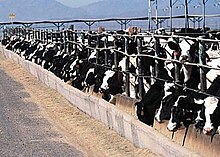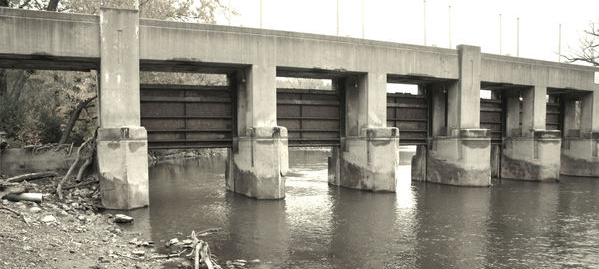DNR knows but ignores impact of WI groundwater contamination

Here's a link to the online version of the water experts' findings - - proof that the state knows full well the extent of the problem the DNR Secretary and Attorney General choose to ignore, forcing the people to sue their own 'regulators' for to fix a known problem - - and the report's executive summary, which highlights an increase statewide in groundwater nitrate contamination, and other problems.
A sample:
CONDITION OF THE RESOURCE: Groundwater Quality Major groundwater quality concerns in Wisconsin are summarized below and detailed in the on-line report.
Nitrate
Nitrate is Wisconsin’s most widespread groundwater contaminant and is increasing in extent and severity. Nitrate levels in groundwater above 2 milligrams per liter (mg/L) indicate a source of contamination such as agricultural or turf fertilizers, animal waste, septic systems, and wastewater. While nitrate in agricultural use has benefits such as larger crop yields, high concentrations in groundwater lead to public health concerns.
Approximately 90% of total nitrate inputs into our groundwater originate from agricultural sources.
Up slightly from last year, 57 public water supply systems exceeded the nitrate drinking water standard of 10 mg/L in 2014 requiring them to post notices, provide bottled water, replace wells, install treatment, or take other corrective actions.
Concentrations of nitrate in private water wells have also been found to exceed the standard. A 2007 DATCP survey estimated that 9 % of private wells exceeded the 10 mg/L enforcement standard for nitrate. GCC member agencies are working on multiple initiatives related to reducing the risk of high nitrate levels in groundwater and drinking water.
Bacteria, viruses and other pathogens
Bacteria, viruses, and other pathogens often occur in areas where the depth to groundwater is shallow, in areas where soils are thin, or in areas of fractured bedrock. These agents can cause acute illness and result in life- threatening conditions for young children, the elderly, and those with chronic illnesses.
In one assessment (Warzecha et.al., 1994), approximately 23% of private well water samples statewide tested positive for total coliform bacteria, an indicator species of other biological agents. Approximately 3% of these wells tested positive for E. coli, an indicator of water borne disease that originates in the mammalian intestinal tract.
Viruses in groundwater are increasingly a concern as new analytical techniques have detected viral material in private wells and public water supplies. Research conducted at the Marshfield Clinic indicates that 4-12% of private wells contain detectible viruses. Other studies showed virus presence in four La Crosse municipal wells, in the municipal wells in Madison, and in five shallow municipal wells serving smaller communities.
Public and private water samples are not regularly analyzed for viruses due to the high cost of the tests. The presence of coliform bacteria has historically been used to indicate the water supply is not safe for human consumption.
Nitrate Levels in Groundwater at Central Sands Dairy Exceed Safe Standard by Seven Times












